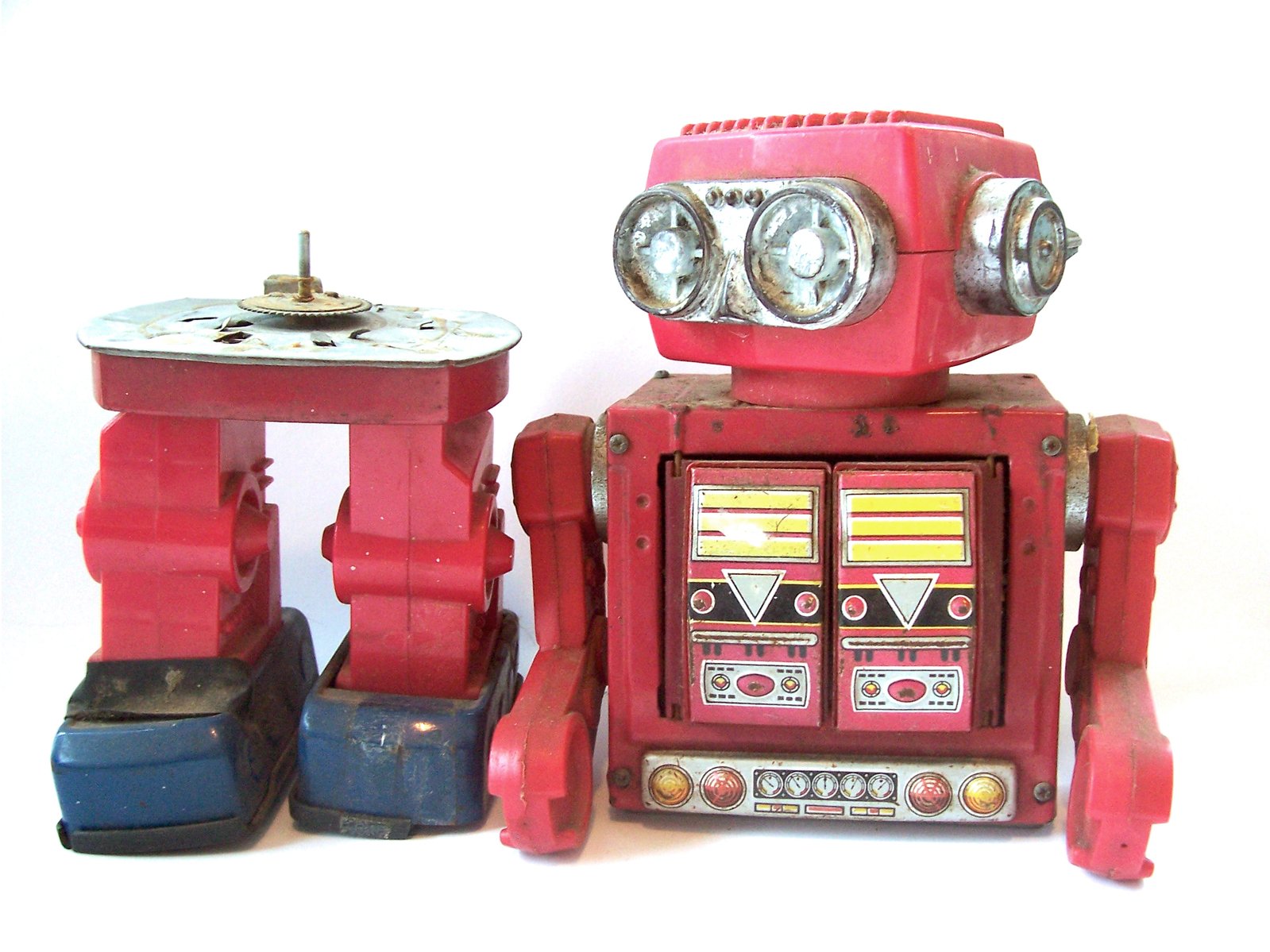

It's very clear that software patents aren't allowed in Europe, but the European Patent Office (EPO) grants them anyway, in direct violation and clear defiance of the EPC. The EPO -- like the U.S. Patent and Trademark Office (USPTO) and WIPO -- just uses a bunch of buzzwords. We've named some of these many times before. One of the latest in the hype waves helps the EPO pretend that patents on algorithms are OK if one calls them "hey hi!" (AI). In practice that rarely even conforms to strict definitions of the term. It's a "junk food" of words.
A recent report by the World Intellectual Property Organization describes a current "AI patent boom", finding that over half of the inventions identified in its research were published since 2013.25 This mirrors the fast-emerging importance of AI across most, if not all, industries. It also belies the complexities in obtaining and exploiting patent protection.
In the UK, patentability is governed by the Patents Act 1977, which was enacted to give effect to the European Patent Convention. In general, the UK Court seeks to follow decisions of the European Patent Office's Boards of Appeal, and the EPO's Guidelines for Examination and Case Law of the Boards of Appeal are sources of key principles. The EPO has recently added specific guidance on AI to its Guidelines. As in other key jurisdictions (e.g. China, Japan, Korea and the USA), algorithms per se face considerable challenges to patentability. The EPO takes the approach that AI computational models and algorithms are excluded from patentability, unless they amount to a computer program having a "further technical effect" going beyond the "normal" physical interactions between the program and the computer on which it is run.26 Examples given by the EPO of further technical effect include controlling anti-lock braking and restoring a distorted digital image.27 There is a healthy debate as to what jurisdictions are currently most favourable to AI patents, particularly following considerable challenges in US practice following Alice.28
Other areas of growing debate include best practice for the extent and substance of disclosure relating to the working of the AI, the patentability of inventions created by inventive AI and whether, in time, inventive AI will raise the hurdle for inventive step or even require new approaches to the protection of inventions. For now, both the EPO and the UK Intellectual Property Office, in practice, require human inventors to be named as part of the patent application process, but this requirement is not backed up by penalties for false statements (unlike in the US system), and there is no obligation to disclose the role of any inventive AI involved in the making of an invention.
Of more immediate practical concern are potential complexities of proving infringement of a patented AI where, for example, the alleged infringing activity may be performed partly in a "black box" and/or in "the cloud". For this reason, AI patents are often targeted at infringements that can be readily identified from publicly available documents or simple inspection.
Judgement day is coming. Not in a Terminator-esque sense – not yet, at least – but at the hands of the European Patent Office (EPO) and the United States Patent and Trademark Office (USPTO). The patent governing bodies have become embroiled in a contentious patent filing that, until now, had only been a source of debate.
A team of legal and academic experts in the field have formed a campaign called The Artificial Inventor Project which aims to seek “intellectual property rights for the autonomous output of artificial intelligence”. Their most recent efforts to press ahead with their revolutionary cause came to the fore in a case that sought to name DABUS (Device for the Autonomous Bootstrapping of Unified Sentience) as the inventor on two patent filings.
At present, the USPTO and the EPO’s stances on this remain rock solid: that only “natural persons” can be named as inventors on patent filings. An AI entity is not a natural or a legal person and so can’t be named as an inventor in the traditional sense and can’t own intellectual property.